The Red-winged blackbirds have returned to NE Missouri heralding the return of spring with their song of “conk-la-re!” The grass is greening up, bird song is filling the air and the duo of henbit and deadnettle are painting crop fields in various hues of purple. We have been working on equipment and fence on the farm in the past weeks preparing for the crops to be planted and getting our paddocks reinforced for years to come. We choose to run temporary fence when we start grazing a new field or return a field to grass as to not make a rash decision on a permanent structure that would be a bigger pain to rebuild. Many of the fences we are putting in place currently have had temporary wire and posts in place for 8 years. One change we made is to move away from having alleyways as the increased foot traffic has led to erosion and degradation of some of the pastures. I recall someone warning me about this early on in my grazing career, but I like to learn things the hard way sometimes. My middle child and only daughter Leigh has been helping me stretch the straight line and set posts. She fancies herself the boss of the her brothers and sometimes even me (never her mom though). Leigh is always there with a confidence building anecdote when you mess something up or a good head leveling knock when you are puffing up to much. Some of my favorite memories growing up on the farm revolved around helping my dad and grandpa build fences around various farms. Fencing is one of those jobs if you do it right you can stare at it for 30+ years and watch the fruits of your labor stand “horse high, pig tight and bull strong”. If you cut corners or rush you will be remediating your flaws within weeks. I have learned that concrete and an 8lb sledge hammer on brace posts save a lot of work and cussing later on even if they are hard on your back. Fence building sometimes charges a blood tax in the sawing, hammering and stretching that takes place over the course of the project. In our case we often start by cutting hedge posts in the winter so we can pull them from old hedgerows and overgrown hollers. Then we dig the holes for brace posts. You can brace a variety of ways, H-brace, floating brace, guy wire, rock pinning…. and so on. Each have their place and benefits. We normally run H-braces or floating braces. If the post is big enough and it’s only a end post for an interior line or a short straight run we won’t brace but rely on the weight and concrete anchor to hold it in place. Many old timers were great and firming the earth or “tamping” the ground back into place and not needing concrete, but I have found that a bag of quikrete saves a lot of headache for the novices like myself. In the next step we begin setting T-posts or line posts that will hold the wire at the desired heights. The post will depend on the style of wire you use also. This can vary from woven wire of various shapes and sizes to high tensile to barb and gaucho wire that loves to extract the previously mentioned blood tax. When driving posts always consider the height of the post and your leverage or you might end up missing a tooth and needing staples in your head… don’t ask me how I know. But any who, after properly beating the posts into the earth you can hang the fence to the post and prepare to stretch and tighten the fence. This is where you get to find out if you braced correctly. If the fence holds it tightness of the coming moments and weeks you have done well. If it begins to sag right off the bat, well you might want to start looking into ways to re-brace or completely re-stretch the fence after improving the bracing. But as stated before it’s easier to get it right the first time. Many of the fences we have been rebuilding were built by my Great Grandfathers on my mothers side of the family. I think one of my favorite part of the fence building is considering that my work could benefit multiple generations of my family if I do it well. The other is finishing the job and looking at your handywork as it is a physical and tangible process that at the end you can pat and say “that’ll do!”
Farm update:
Lambing seasons is continuing along still and the ewes are happy to be on cereal rye and balansa clover even if it is still growing slow. This year has been a self inflicted challenge with a good chunk of our lambing happening in February and March. We are a pasture lambing flock which works great in late April and May when temps are warmer and grass is growing. But when you have little to no shelter mud and snow quickly become the grim reaper to lambs and ewes alike. I have often thought that March is the toughest month in our area as the mud saps the final strength from some individuals who battles through the frigid months previous. But April and her booming growth are just around the corner with migratory birds and the local species beginning to procreate and reproduce.
I recently received a bag of Ohio Blue corn and Oaxaca Green corn to test out in food plots and for selling corn meal from. Last year we tested some non GMO corn right next to 20 acres of conventional corn and the deer literally ate all the non GMO. They could taste the difference. Sitting through conferences I have listened to folks from the dairy world talk about heirloom and old varieties having higher protein and nutrient content than modern varieties. It is not like I didn’t believe them but it absolutely blew my mind that the selection was that blunt and right in front of me. So we will see how our heirloom corn grows and try to add that to our repertoire of species we are growing. If they flop we will graze them with our sheep and cattle. The blessings of having hundreds of hungry mouths or as I like to call them, the original crop insurance.
Henbit and Purple deadnettle brightening the dull browns in our waking world.


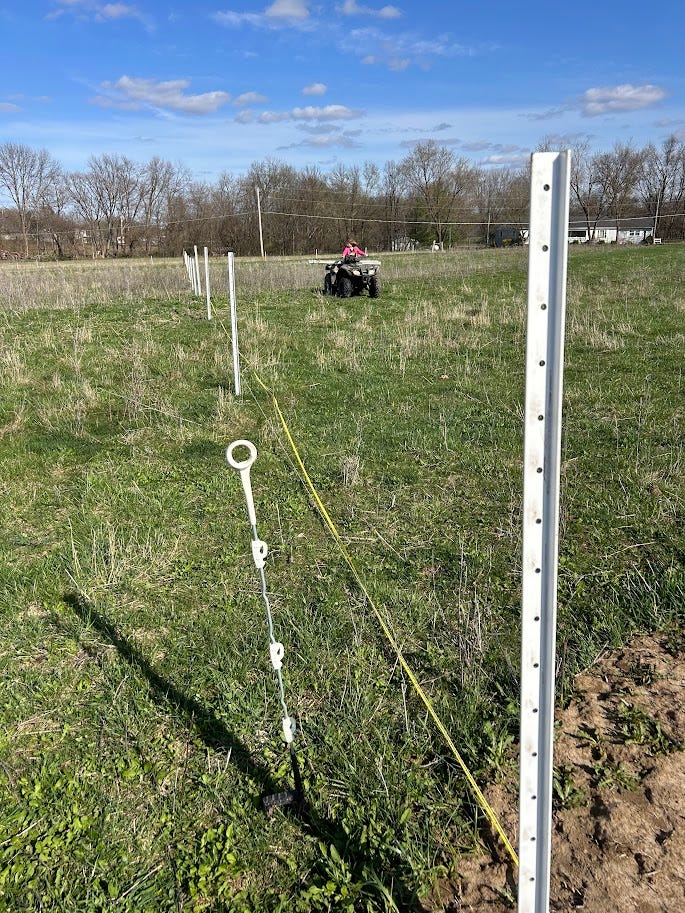
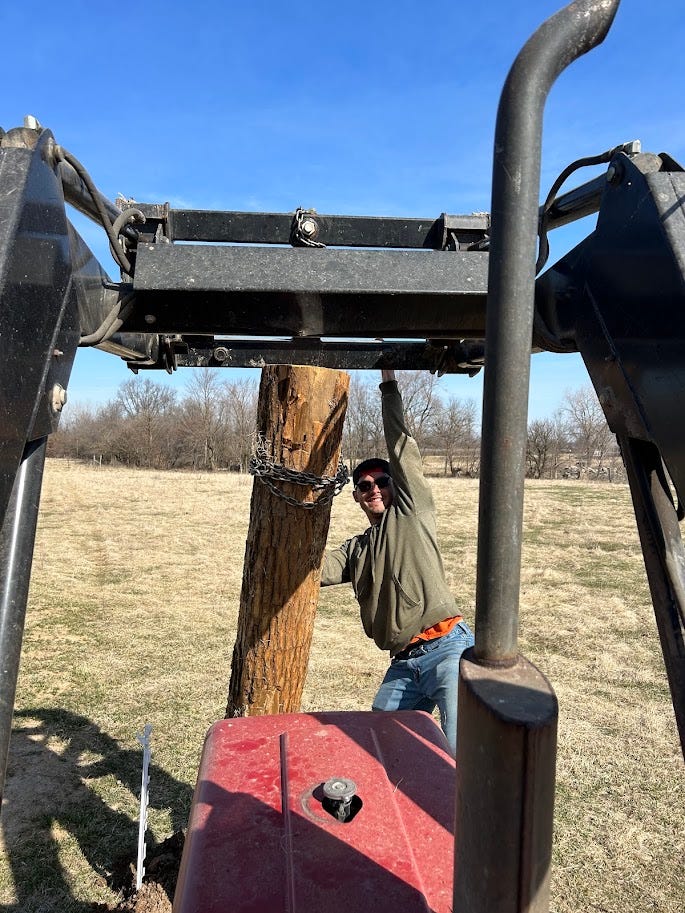
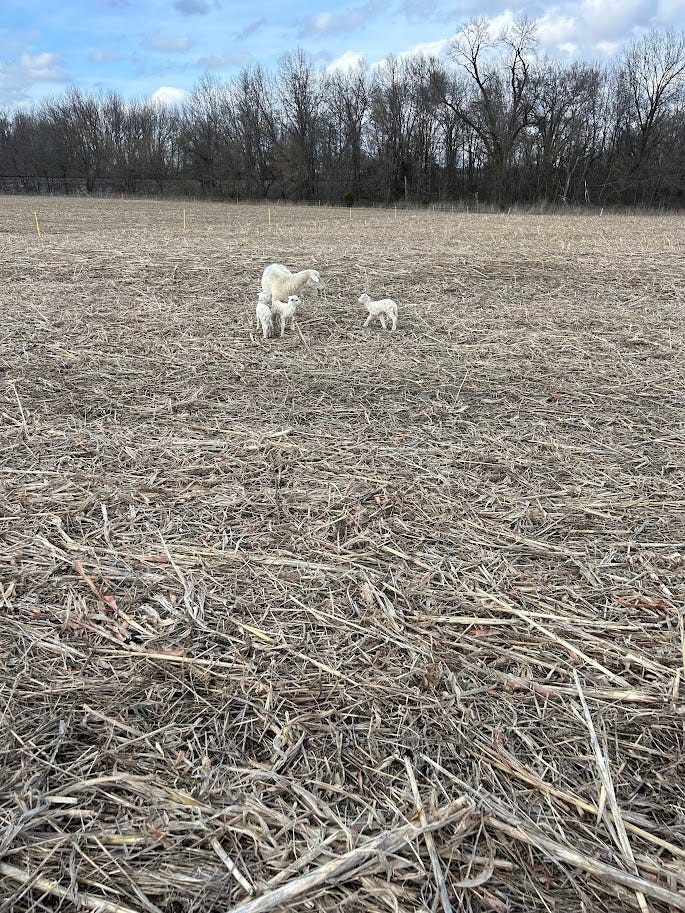
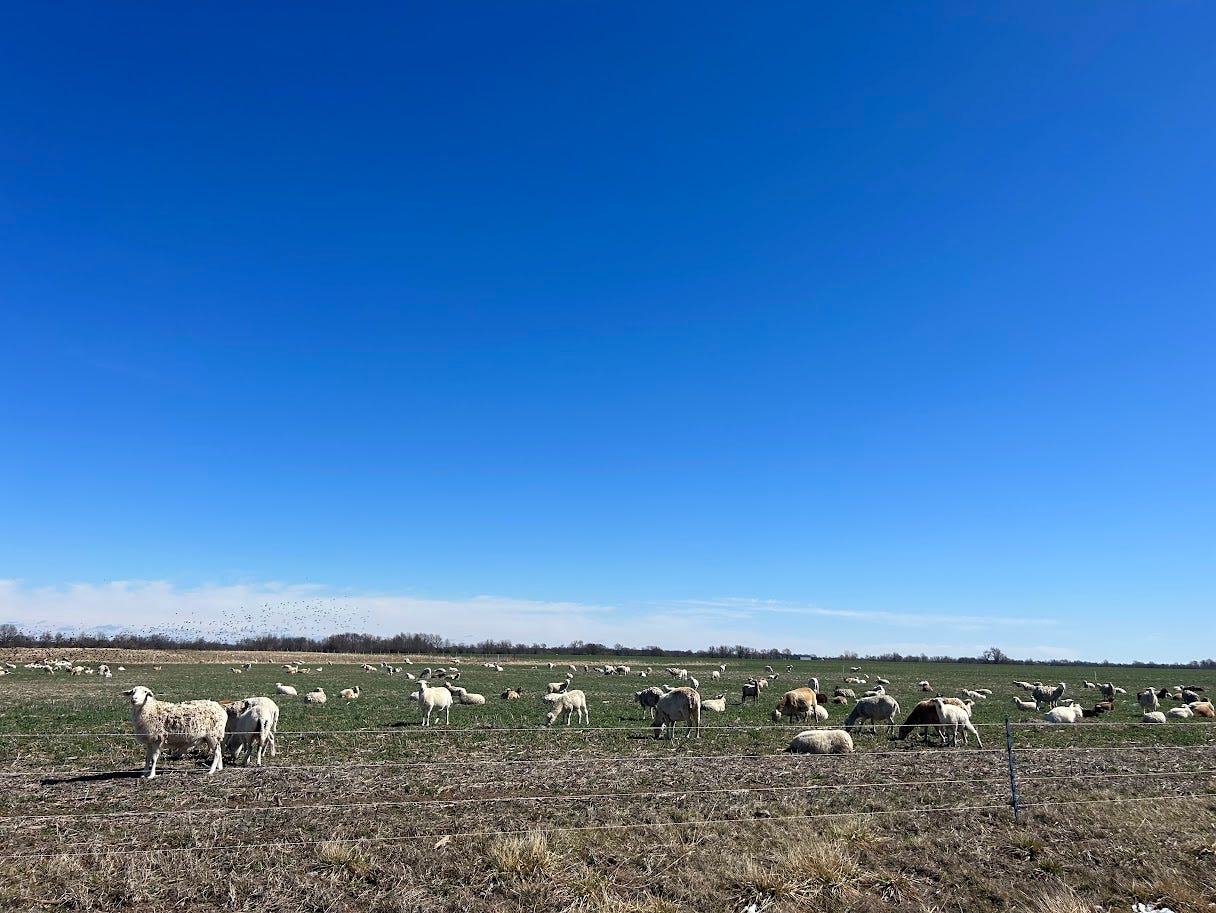
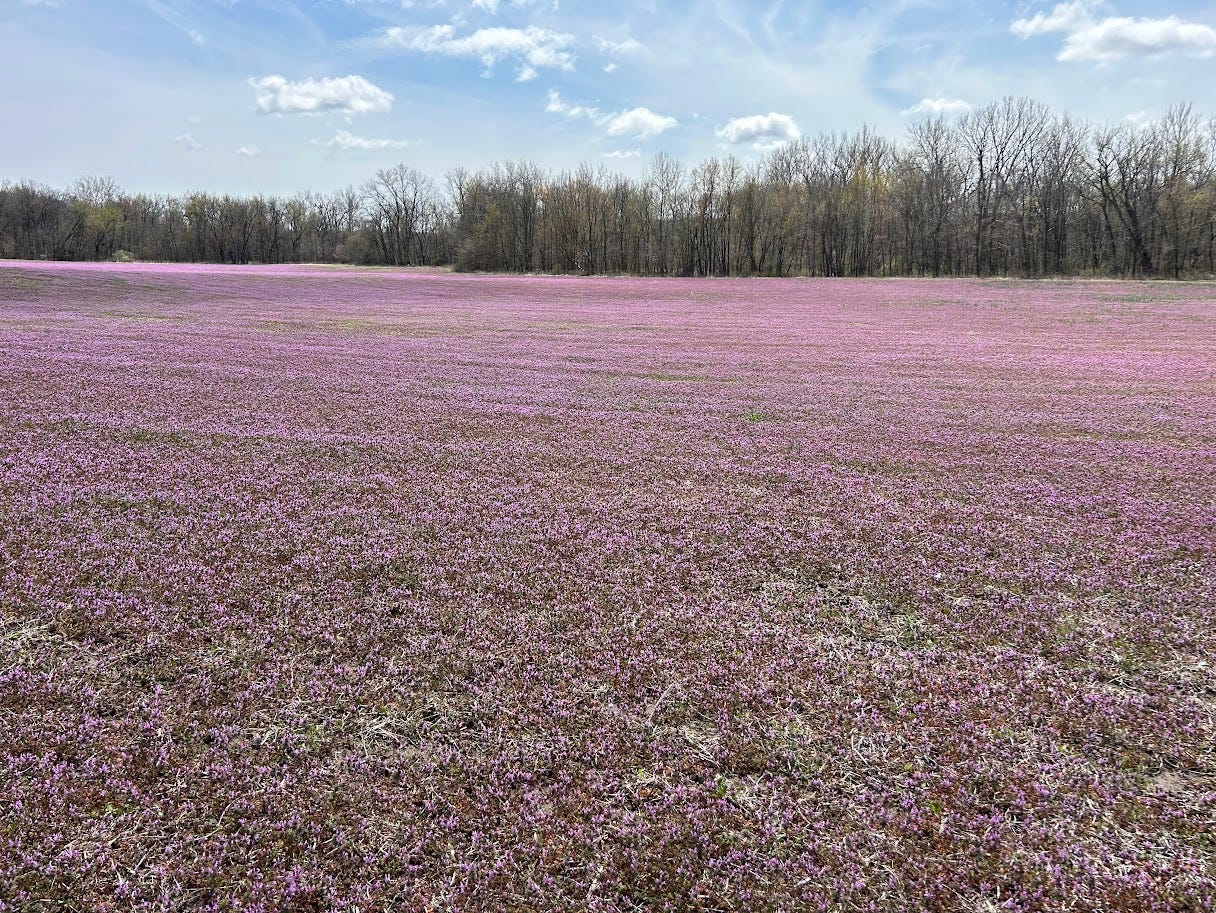
You just have so much fun (varying interpretations of) what you’re doing. But you make me remember watching my 2nd cousin repair barb wire fence (long ago). Watching him stretch and tighten it. That’s where I leaned to twist wire with pliers as a fastener. Salud!